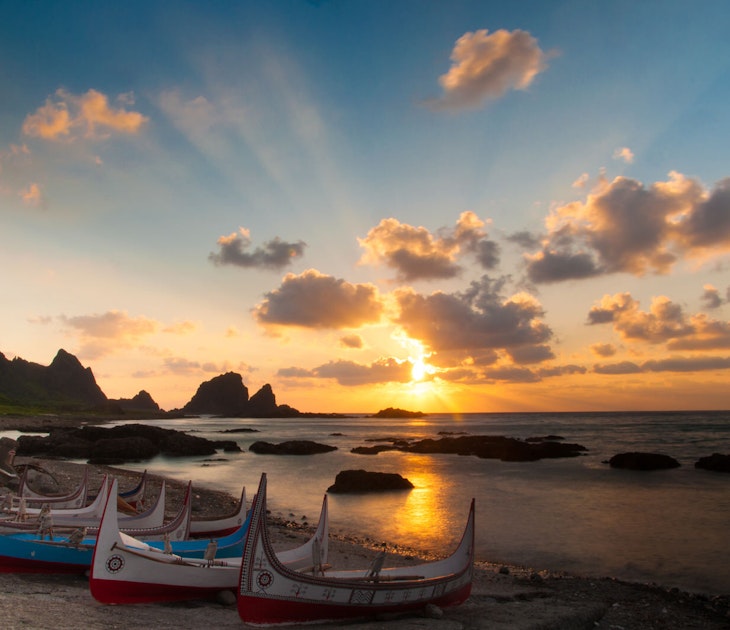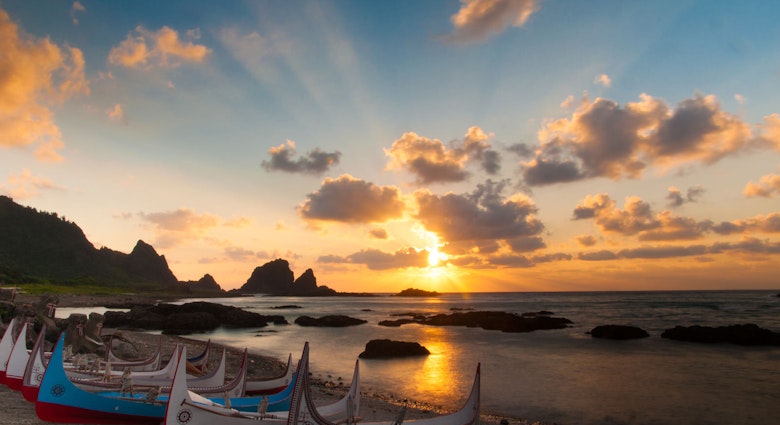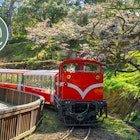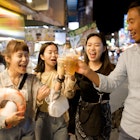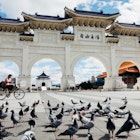There's nothing like decades of martial law to make a community long for the good times. For the residents of Kinmen Island, a frontline in the defence against a communist invasion of Taiwan, those were the days of handsome brick villages, a thickly forested landscape, raucous festivals to protective deities, and tens of kilometres of sandy beaches free of terrifying landmines.
However, recovery had to wait till 1995 - the year the island was turned into a national park - but the islanders have been largely successful in turning back the clock, and even giving it a good polish.
It helped that they had the heritage to work with. Take the villages. For most of the Qing Dynasty (AD 1644-1912), Kinmen had grown wealthy with trade, and clan competed with clan to display status with their homes. While a number of yanglou mansions fuse eastern and western styles, a typical dwelling is more traditionally southern Chinese in appearance: one-storey with a red-brick facade and topped with overhanging eaves. It's a good rule of thumb that if the roof sweeps and tapers out like a dainty swallow's tail, the family who built it was wealthy. Other decorative touches on posher homes include recessed lintels with ceramic figurines, glazed tiles, stone relief, and detailed carvings on exposed wood brackets.
Folk events, such as grand smoky festivals for the gods, have also regained momentum. Or, more accurately, funding. The ‘Welcoming the City God’ parade, a mass pilgrimage of costumed and merry-making devotees across the wooded countryside, is centuries old. But it was only two years ago that anyone outside Kinmen had heard about it (through some well-placed advertorials no less). It would be easy to write that the event is now in danger of losing its authenticity, but for a Taiwanese community, when the times are good, the festivals should be even better. And the gods themselves wouldn't settle for anything less.
Residents are understandably less excited about the opening of former military sites such as the tunnels they used to huddle into on thrice-weekly drills (Kinmen is one of the most dug-into places in the world). But most will admit that the military presence wasn't all bad. Idle soldiers were usually put to use maintaining roads, building parks, planting trees, landscaping and even collecting trash. And without landmines under them, Kinmen's fine-sand beaches would surely not have remained undeveloped for so long
The island's numerous lakes and ponds are also largely military creations. Willow-lined Lake Tai, for example, was created when a causeway had to be built across the mouth of a lagoon to facilitate tank traffic. The tanks are gone, but today the lake is a migratory bird habitat, and the daily sight of black cormorants coming to rest on the waters in the late evening has become one of Kinmen's iconic images.
In short, the islanders are a content lot these days as they re-familiarize themselves with the tranquil routines of country life. Their absolute isolation has long ended, but with their homeland still just remote enough, touristy crowds are unlikely to ever become a second force to snatch away the peace.
How to: Kinmen is a short flight away from most major cities in Taiwan, or an hour ferry ride from Xiamen, China. Traffic on the island is light and car, scooter and bicycle rentals are available and easily arranged through homestays in one of the old villages.
